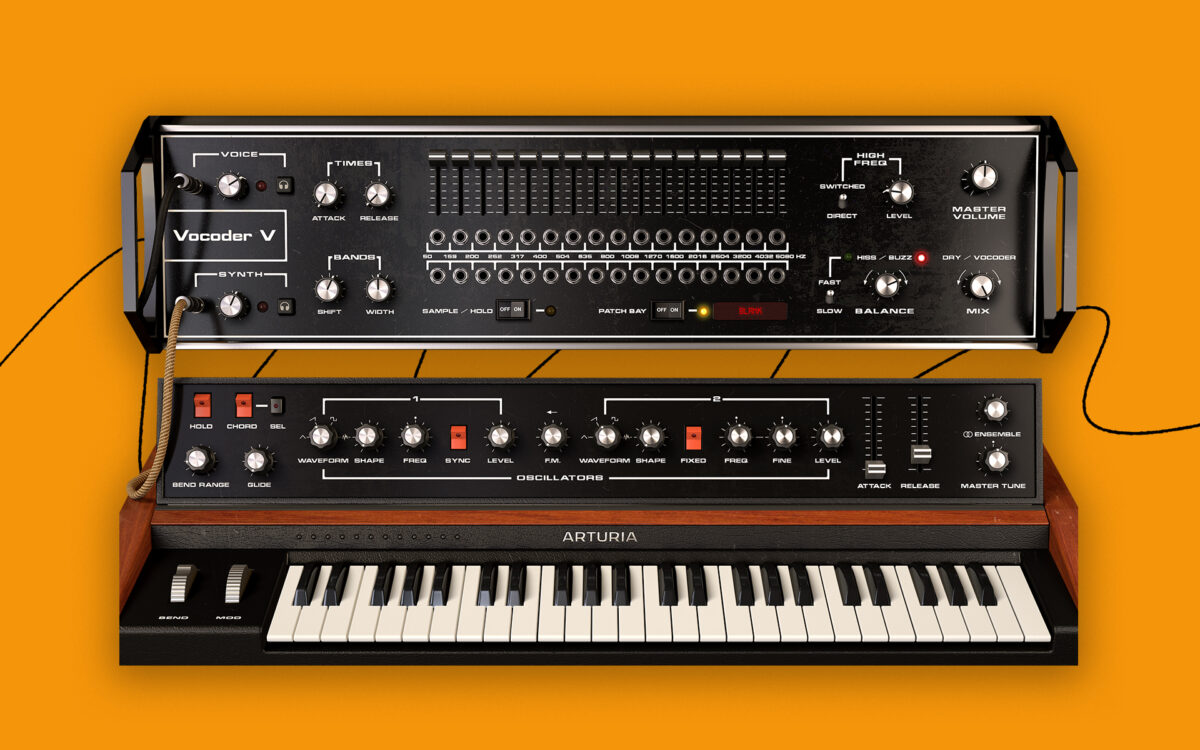Many of us may be surprised to learn that the vocoder doesn’t have its origins in music.
Rather, its underlying technology was initially created in the late 1920s by Homer Dudley of Bell Labs to allow for the transmission of phone conversations over long distances. By breaking speech down into a minimal number of bands that prioritized intelligibility, the vocoder allowed for low-bandwidth communication that could occur even across seas.
Dudley’s revolutionary invention went on to be used in a wide array of applications, from digital voice encryption systems to cochlear implants. That said, today we’ll be focusing on the specific use case that’s probably most familiar to us – music.
The vocoder’s rise in music
Fast forward two decades to the late 1940s, and scientists including the likes of Werner Meyer-Eppler started positing whether vocoders could be used from the perspectives of sound synthesis and electronic music. Siemens Studio for Electronic Music developed one of the earliest attempts at a vocoding synthesizer in the 1950s, but what really made the sound as we know it take off was Robert Moog and Wendy Carlos’ iterations on hardware musical vocoders in the 1970s. They used their vocoder in the soundtrack of 1971’s Clockwork Orange, and from there, it started to appear in commercial music by the likes of Kraftwerk, ELO, and Earth, Wind & Fire.
Today, we take even the wildest synthesized sounds for granted. However, in the 1970s, the robotic timbre that vocoders gave to the human voice felt undeniably futuristic, and set in motion countless other innovations around the marrying of synthesis and organic sounds.
The vocoder today
While gear enthusiasts continue to invest in hardware vocoders created by Moog and others, today the vocoder sound has become widely available thanks to numerous plugin options, and is heard across genres spanning experimental to pop.
With many plugins on the market, vocoding has evolved, diversified, and in ways distanced itself from the classic sound that Moog, Carlos, and their contemporaries pioneered. However, if you’re looking for the best of both worlds — the convenience and affordability of software and the timeless sonic identity of historic gear — Arturia recently released Vocoder V, a gorgeous emulation of Moog’s 1979 hardware design.
While many vocoder plugins require you to go through the hassle of configuring sidechained input sources, software instruments, etc., Vocoder V allows you to do everything in one place; it even contains a built-in sample player alongside traditional voice input capabilities. And above all, it just sounds great. If you’re interested in incorporating the vocoder’s classic sound into your own productions, Vocoder V may be a great option to explore.
Try Vocoder V and other synth emulations for free with a three-day trial of Arturia’s V Collection 8, and then Rent-to-Own the collection for $24.99/mo until you own it outright:
December 21, 2020

.svg)
.svg)




